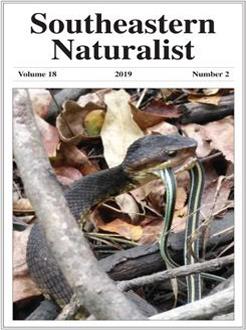Understanding how organisms respond to urban-associated environmental changes is key to protecting vulnerable species. Bees, in particular, have gained interest due to their economic and ecological roles. We used a geometric morphometric approach to describe changes in wing shape and size in the solitary bee Andrena barbara (Barbara's Miner) collected across an urban landscape. We found that, although the wing morphology suggests a limited dispersal ability in its short and narrow frame, the urban landscape did not significantly explain how wing shape or size vary. Our findings are consistent with other studies that show little variation in wing morphology in urban solitary bees, and suggests that urban habitats may potentially serve an important role in bee conservation.
How to translate text using browser tools
31 May 2019
Do Bee Wings Adapt for Flight in Urban Environments?
DeAnna E. Beasley,
Jacquelyn L. Fitzgerald,
Alison Fowler,
Kirsten Keleher,
Margarita M. López-Uribe,
Robert R. Dunn
ACCESS THE FULL ARTICLE

Southeastern Naturalist
Vol. 18 • No. 2
May 2019
Vol. 18 • No. 2
May 2019




